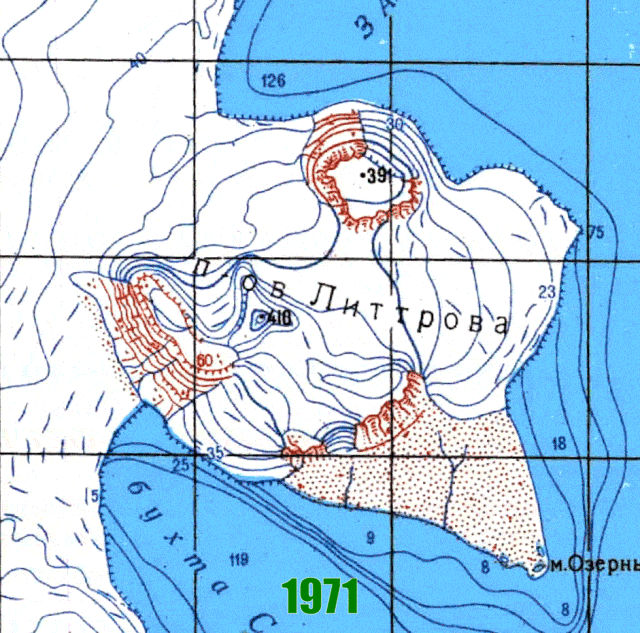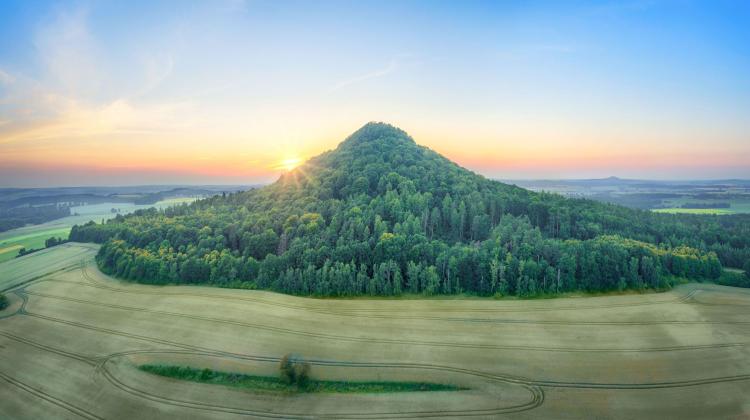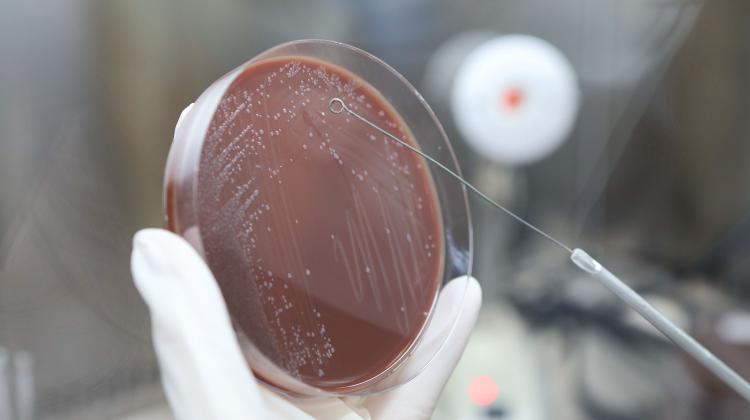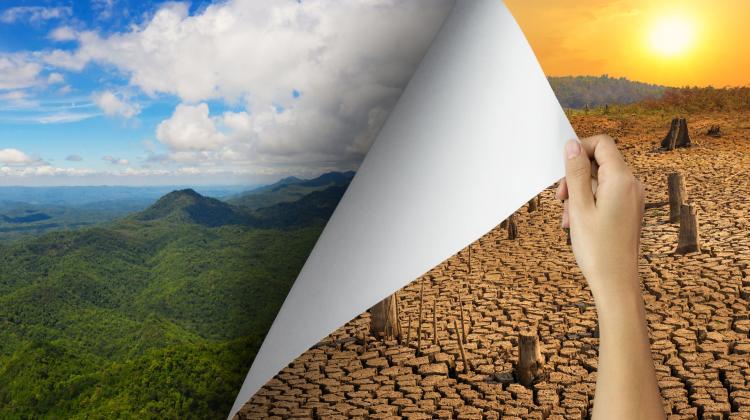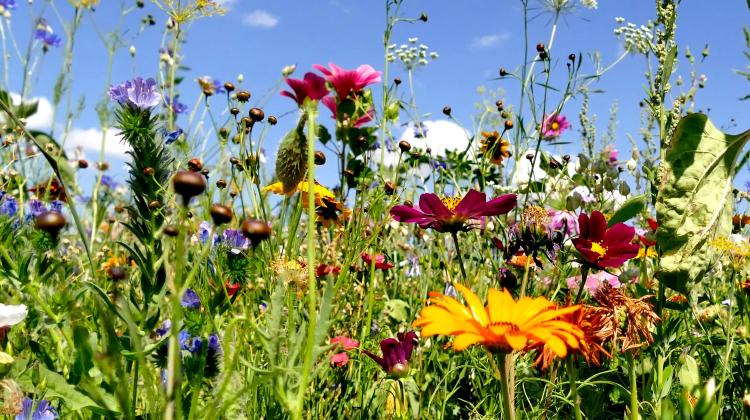The Arctic is losing ice and gains new islands
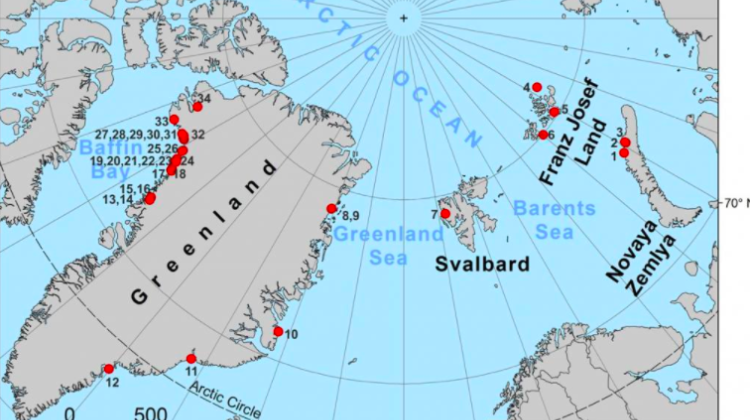
The Arctic is losing ice as a result of global warming. As many as 34 new islands with an area larger than 0.5 km2 have appeared there since mid-20th century, show the results of an analysis of maps and satellite images carried out by Polish scientists.
Researchers from the Jagiellonian University searched thousands of satellite images (taken since 1972) and Danish, Norwegian, American and Canadian topographical maps of the entire Arctic. It turned out that since mid-twentieth century, 34 new islands with an area of at least 0.5 km2 have been formed in the Arctic.
"These islands do not form because the sea level rises, they form because glaciers are melting in potential straits" - explains the lead researcher, Prof. Wiesław Ziaja from the Institute of Geography and Spatial Management of the Jagiellonian University. Sometimes a glacier is the only thing that connects two land elevations, areas that are above sea level. If the glacier melts, water pours in its place. And the land fragment that was previously part of the coast gets separated - it becomes an island.
"We compared materials from different periods and checked where the glaciers had retreated. The advantage of our research is that we have completed a comprehensive analysis for the entire Arctic" - says research participant Dr. Krzysztof Ostafin.
It turned out that the majority of new islands appeared around Greenland: 22 off its western coasts, and 5 off the east. Three islands appeared around Franz Joseph Land, another three around Novaya Zemlya, and one island formed in the Svalbard archipelago.
"The formation rate of new islands accelerated in the 21st century. For example, three islands formed in the years 2016-2017" - says Dr. Ostafin.
Source: Wiesław Ziaja, Krzysztof Ostafin, Jagiellonian Universit
As part of their research, scientists from the Jagiellonian University also made two expeditions to the southern peninsula of Spitsbergen - Sørkappland. "This peninsula is connected with Spitsbergen by huge glaciers. If these glaciers continue to melt, in a few decades Sørkappland will become one of the largest new islands in the Arctic, with an area exceeding 1,000 km2" - says Prof. Ziaja. Researchers are tracking the shrinking of two glaciers, and extending of two fjords that will form a strait.
The scientist explains that if the climate gets colder, glaciers will rebuild themselves and the new islands will merge with the mainland again. But this situation does not happen anywhere in the Arctic right now.
"The formation of new islands can be of economic importance - new straits can change the optimal routes between different points and, for example, shorten the time of sea travel" - notes Dr. Ostafin.
Professor Ziaja notes that virtually all new Arctic islands are deserted. But this does not mean that they are not inhabited. "The shrinking of glaciers is certainly conducive to the expansion of life. Grass will not grow on a glacier, but if the glacier melts, plants and animals will gradually move to the area" - he points out.
Professor Ziaja explains that the time of geographical discoveries has passed and the discoverers of new islands do not have the right name them. "Names are given by the local authorities, and the islands often inherit the name of the peninsula that they once were" - he says.
The results of the study were published in the journal Ambio. The research project was financed by the Ministry of Science and Higher Education and the Prince Albert II of Monaco Foundation.
PAP - Science in Poland, Ludwika Tomala
lt/ ekr/ kap/
tr. RL
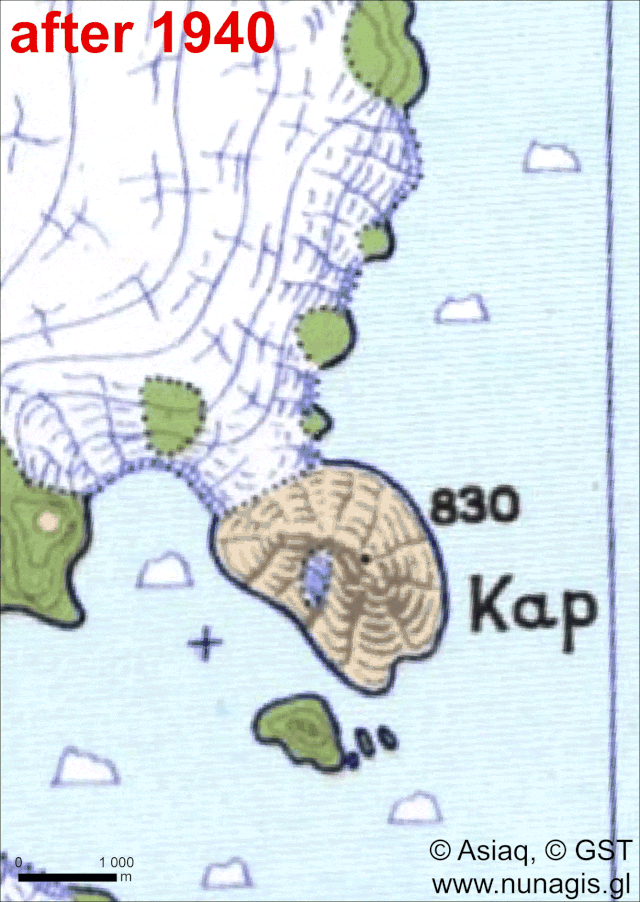
Source: Wiesław Ziaja, Krzysztof Ostafin, Jagiellonian Universit
Przed dodaniem komentarza prosimy o zapoznanie z Regulaminem forum serwisu Nauka w Polsce.


